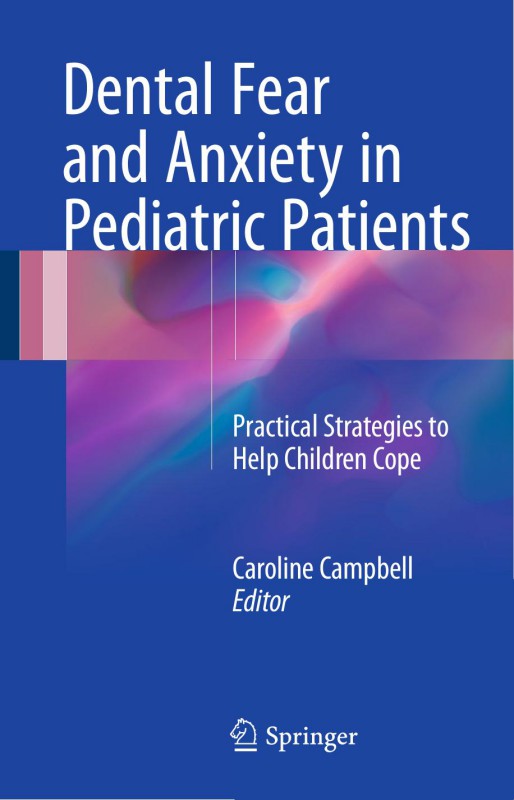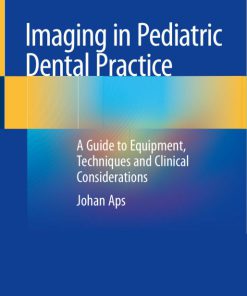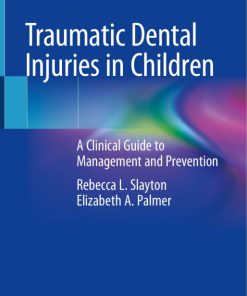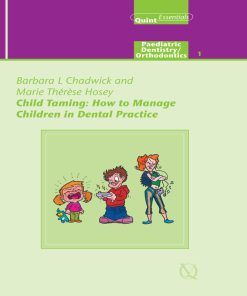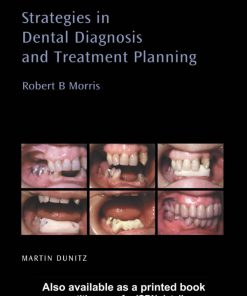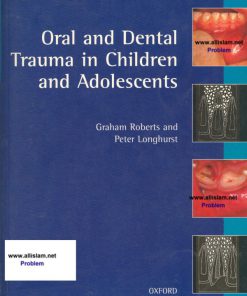Dental Fear and Anxiety in Pediatric Patients: Practical Strategies to Help Children Cope 1st edition by Caroline Campbell ISBN 3319487299 973319487298
$50.00 Original price was: $50.00.$25.00Current price is: $25.00.
Authors:Caroline Campbell , Series:Dentistry [202] , Author sort:Campbell, Caroline , Ids:Goodreads , Languages:Languages:eng , Published:Published:Jul 2018 , Publisher:Springer
Dental Fear and Anxiety in Pediatric Patients: Practical Strategies to Help Children Cope 1st edition by Caroline Campbell – Ebook PDF Instant Download/Delivery. 3319487299, 978-3319487298
Full download Dental Fear and Anxiety in Pediatric Patients: Practical Strategies to Help Children Cope 1st Edition after payment
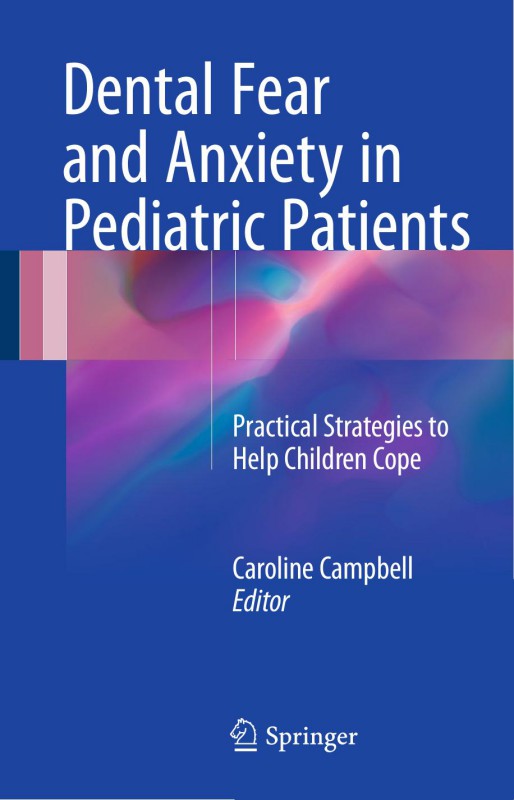
Product details:
ISBN 10: 3319487299
ISBN 13: 978-3319487298
Author: Caroline Campbell
Dental Fear and Anxiety in Pediatric Patients: Practical Strategies to Help Children Cope 1st Table of contents:
Part I: Background and Assessment
This part covers the foundational knowledge about dental anxiety (DFA) in children, including its prevalence, causes, and implications for both children and dental teams.
-
Background and Prevalence of Dental Fear and Anxiety:
- The introduction and definition of dental anxiety, fear, and phobia.
- Impacts of childhood dental anxiety, both on the child and their family, as well as the challenges faced by dental professionals.
- Factors contributing to the development of dental anxiety, including genetic, environmental, and behavioral influences.
- The role of unhelpful cognitions and behaviors in maintaining dental anxiety.
-
Patient and Parent Preparation:
- The importance of preparing both parents and children for dental visits and procedures, including the use of preparatory information and resources like leaflets, computer programs, and play specialists.
-
Dental Fear and Anxiety Assessment in Children:
- Methods for assessing dental anxiety, including physiological measures, behavioral scales, and self-report questionnaires for both children and parents.
- Tools for assessing state and trait DFA, such as the Children’s Fear Survey Schedule and the Modified Child Dental Anxiety Scale.
-
Coping Styles in Children:
- Examining different coping strategies children may use in the dental setting and how information provision and communication can influence these strategies.
- The development of tools to identify coping styles (monitor or blunter) and how these styles should be considered in treatment.
-
The Assessment Visit:
- Details about the first visit for assessment, including how to communicate with the patient and family, determine goals, and understand the factors contributing to the anxiety.
-
Treatment Allocation: Explaining the Options:
- A discussion on treatment options for dental anxiety, including non-pharmacological techniques (relaxation, hypnosis), sedation options (inhalation, intravenous), and referrals for cognitive behavioral therapy (CBT).
Part II: Treatment
This section focuses on the practical approaches to treating dental anxiety in children. 7. Non-pharmacological Behaviour Management Techniques:
- Tools and strategies such as Tell-Show-Do, distraction, guided imagery, and positive reinforcement.
- An emphasis on the art and science of these techniques.
-
Communication and the Use of Language:
- The role of effective communication in dental care, including understanding children’s cognitive abilities and using language strategies such as neurolinguistic programming (NLP) to build rapport.
-
Relaxation:
- Techniques for relaxation, including controlled breathing, progressive muscle relaxation, and how to teach children to relax in a clinical setting.
-
Hypnosis:
- Hypnosis techniques, common misconceptions, and the steps involved in a hypnosis session to manage anxiety.
- A structured approach to using hypnosis, including pre-session homework and therapeutic techniques such as the “Happy Place.”
- Intravenous Sedation:
- The process of administering intravenous sedation, from patient selection to monitoring and recovery.
- Techniques to ensure the child’s safety and manage common adverse events.
- Techniques Which Help Children Cope with Local Anaesthesia:
- Methods for making local anaesthesia less distressing, including systematic needle desensitisation (SND), distraction, and relaxation.
- Cognitive Behavioural Therapy:
- Use of CBT in managing dental anxiety, both for children and adults, including self-help approaches and psychologist-led CBT, as well as the involvement of parents in treatment.
Part III: Moving Forward
This section discusses how to further improve the management of dental anxiety in children. 14. A Child-Centred Service: The Voice of the Child:
- Understanding children’s experiences with dental anxiety, their preferences for dental care, and ways to involve them in decision-making.
- Discussion on the role of parents and dental professionals in managing dental anxiety.
- Proportionate Dental Anxiety Management Care Pathways:
- Development of care pathways based on the level of anxiety and tailoring interventions accordingly.
- Emphasizing the use of assessment tools and collaborative care with multidisciplinary teams.
- Improving Dental Anxiety Management Care Pathways:
- Recommendations for improving anxiety management pathways, such as using self-help CBT resources, offering multidisciplinary care, and enhancing education and training for dental professionals.
- Future Research in the Management of Dental Anxiety and Phobia:
- Exploring future research directions, including the development of new interventions, more personalized care approaches, and how to better integrate these strategies into routine dental care.
People also search for Dental Fear and Anxiety in Pediatric Patients: Practical Strategies to Help Children Cope 1st:
management of dental fear and anxiety in children and adolescents
difference between dental fear and anxiety
an introduction to assessing dental fear and anxiety in children
prevalence of dental fear and anxiety
managing dental fear and anxiety in pediatric patients

